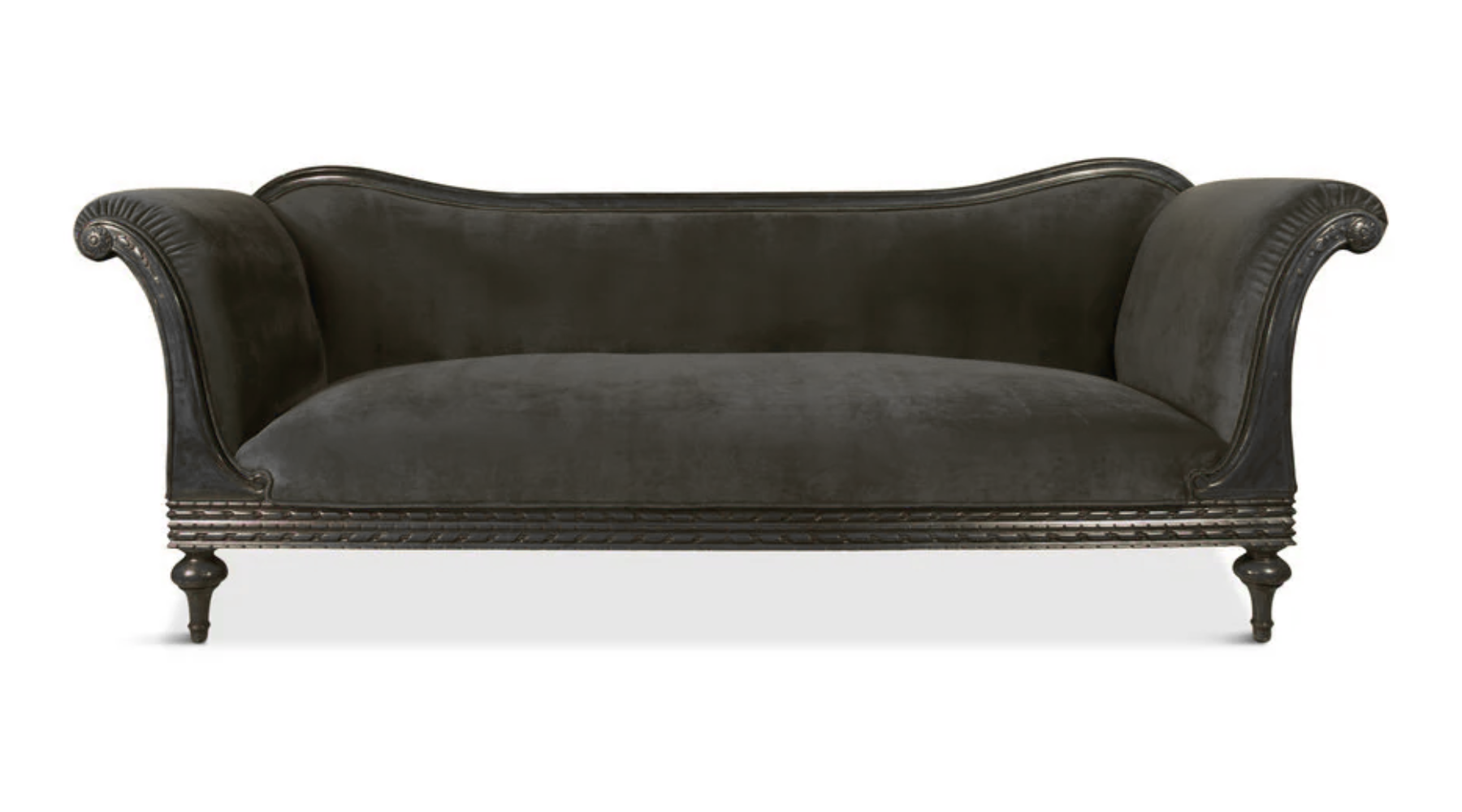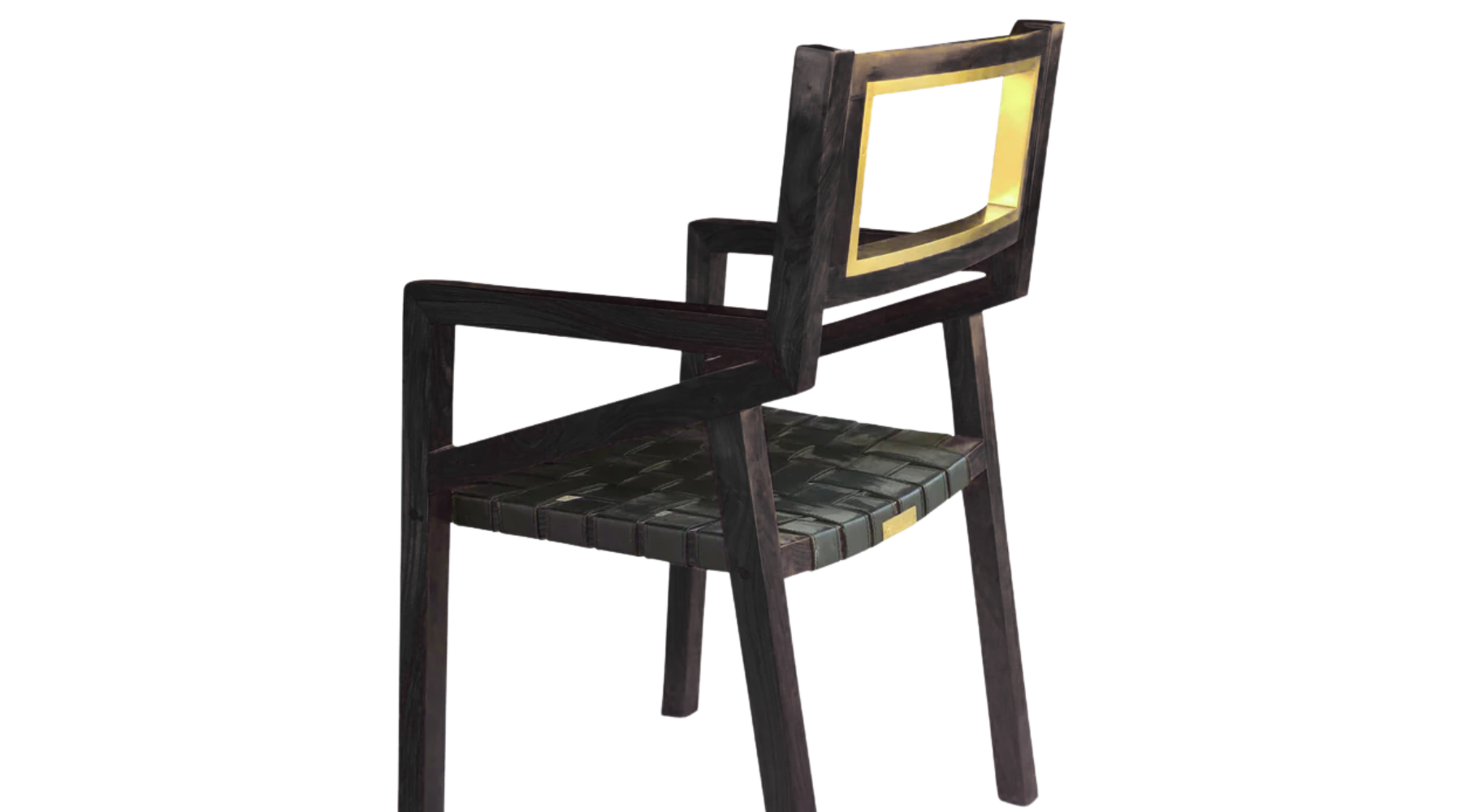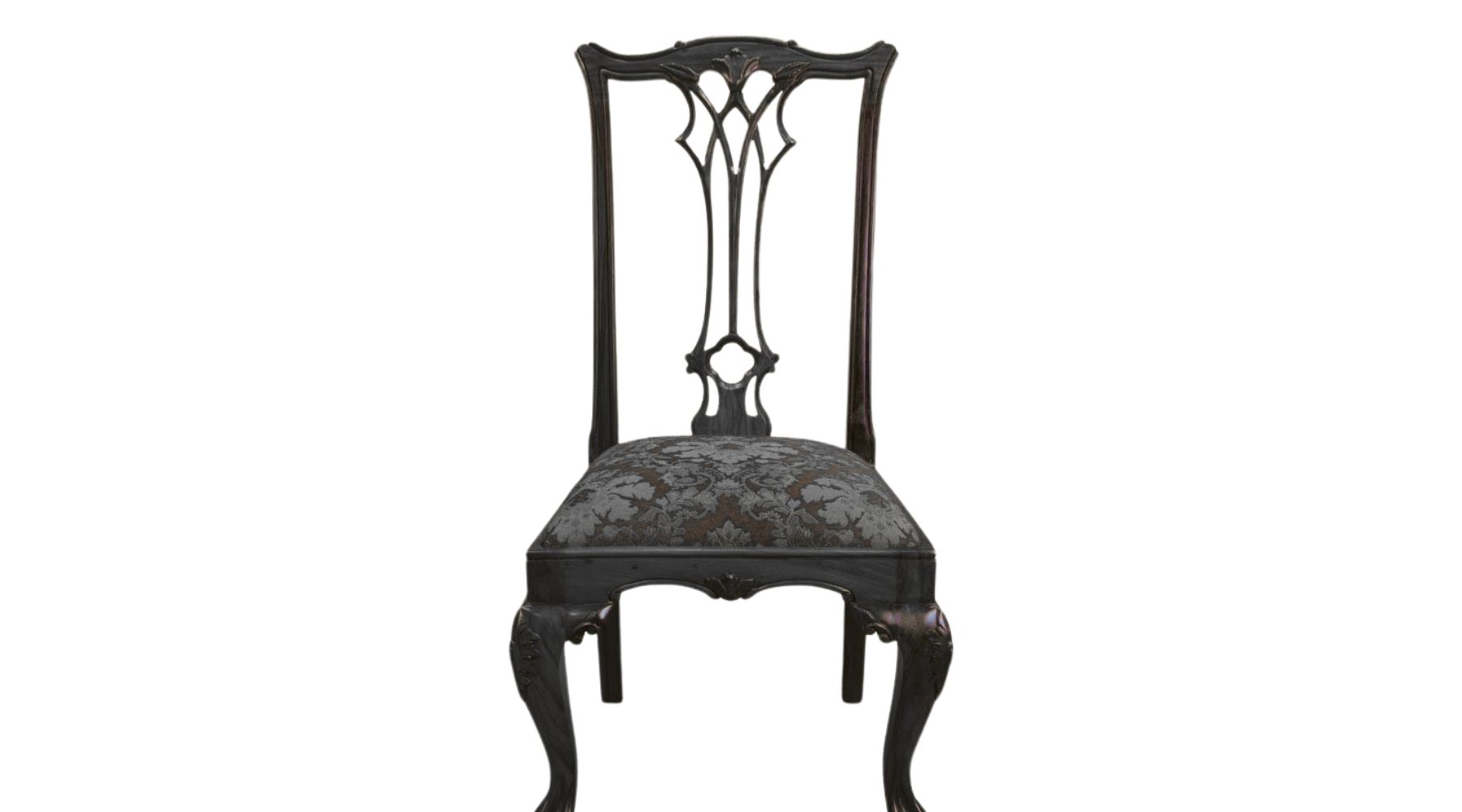
How to Select the Ideal Sofa for Your Living Room
A sofa is the center of any living room. It establishes the tone for the room, offers comfort, and affects aesthetics. Selecting the right sofa has many factors, such as size, material, comfort, and durability. It is an investment that impacts your everyday life and the appearance of your home. The correct sofa must suit your space, match your style, and offer long-term comfort. Here's how to choose the best one for your home.
Determine the Right Size
Measure Your Space
Before purchasing a sofa, measure your living room to determine the appropriate size. Consider not just the dimensions of the sofa but also how much space it leaves for movement. Ideally, there should be at least 18 inches between the sofa and other furniture pieces to allow for comfortable navigation. If your living room is small, use a small loveseat or a sectional with storage space. For larger rooms, an L-shaped or U-shaped sofa will add extra seating and complement the design.
Seating Capacity
Consider how many individuals will be using the solid wood sofa on a regular basis. A two-seater is suitable for small flats or couples. A three-seater is a typical option for family homes. If you host frequently or have a big family, a sectional sofa provides adaptable seating configurations. Some modular sofas enable you to reconfigure the sections to accommodate various configurations, making them a good option for expanding families or shifting requirements.
Select the Appropriate Material
Fabric Sofas
Fabric sofas are soft, airy, and offer a vast array of colors and patterns. They do need regular cleaning to look their best, though. If you have pets or kids, look for stain-resistance treatments like microfiber or performance blends. Some fabrics also include washable and removable covers, making them more practical.
Leather Sofas
Leather sofas are durable and classy. Genuine leather is simple to clean and grows more beautiful as it gets older. A good leather sofa can last for 10 to 15 years with proper maintenance. Yet, they are pricier than fabric sofas. Faux leather is an affordable option, but it is not as long-lasting as real leather and will begin to peel or crack as time passes.
Microfiber Sofas
Microfiber is a man-made material that is soft, hypoallergenic, and resistant to stains. It is a great choice for pet owners and busy families. Microfiber does not hold dust and allergens as much as traditional fabric sofas, making it a healthier option for people with allergies.
Assess Comfort and Support
Cushion Type
The material used for the cushion filling determines the overall comfort of the sofa. Foam cushions give stiff support, making them perfect for posture and support for the back. Feather fillings are softer but must be fluffed quite often to keep them from losing shape. Hybrid cushions mix foam and feather fillings for moderate comfort and support.
Frame Construction
The frame of a sofa will determine how long it lasts. The most durable are kiln-dried hardwood frames made from oak or maple, lasting more than 15 years. Plywood frames are less expensive but tend to last between 5 to 7 years. Reinforced corners and heavy-duty joinery enhance the sofa's structure so that it can handle regular use.
Take Style and Design into Account
Sofa Styles
The design of a sofa must complement your home's decor. Chesterfield sofas come with a traditional tufted look and rolled arms, which bring elegance to classic interiors. Mid-century modern sofas have clean lines and wooden legs, which are ideal for modern rooms. Recliner sofas offer adjustable seating for extra comfort, while sectionals are ideal for seating many people in big living rooms.
Color and Aesthetic
Selecting the correct color is essential to achieve a unified appearance. Neutral colors such as beige, gray, and white are classic and complement multiple decor schemes. Strong colors including navy, emerald, and mustard provide personality and make a statement. Printed fabrics bring visual appeal but can restrict future decor modifications.
Durability and Maintenance
A quality sofa should last through regular use. Fabric durability is tested through rub count; a rub count of 15,000 or higher qualifies the fabric for heavy use. Removable covers on sofas facilitate easier cleaning. Leather sofas must be conditioned every 6 to 12 months to avoid cracking. The interior spring system also determines comfort—sinuous springs provide firm support, while webbing provides a softer texture.
Budget Considerations
Price Ranges
Sofas are available in various price ranges depending on materials and craftsmanship.
-
Low-budget sofas: $300 – $800 (simple fabric, minimal padding)
-
Mid-level sofas: $800 – $2,500 (sturdier frames, high-quality materials)
-
High-end sofas: $2,500+ (premium materials, hand-finished details, long durability)
Cost vs. Longevity
A good quality sofa is a lifetime investment. Inexpensive sofas may need to be replaced every three to five years when worn out. Solid wood and good-quality upholstered sofas will last between 10 to 20 years under careful maintenance. It is possible to save money by investing in a long-lasting sofa.
Features to Look For Beyond the Sofa Itself
Storage Options
Certain contemporary sofas have concealed storage compartments, making them perfect for small apartments and compact homes with less space. Storage sofas may contain blankets, pillows, or other household belongings, decluttering the home.
Convertible Sofas
Sofa beds are a supplementary sleeping space for guests without having a separate bed. Futons and pull-out sofas are convenient options for tiny living rooms or studio apartments.
Tech-Integrated Sofas
Technological innovations have developed furniture that is equipped with built-in USB ports for charging, wireless charging trays, Bluetooth speakers, and even built-in massaging features. Such sofas provide convenience, luxury, and an overall enriched user experience.
Factors Affecting Endurance
Upholstery Quality
The material used for upholstery is an important factor in deciding the life of a sofa.
-
Natural fibers (linen, cotton) – Comfortable but wear out faster.
-
Synthetic materials (polyester, acrylic) – More stain-resistant and durable.
-
Leather – Can last for decades with proper maintenance.
Weight and Construction
A good-quality sofa must be heavy and firm. A light sofa could mean flimsy materials and bad workmanship. Before buying, pick up one end of the sofa to see how heavy it is—heavier sofas usually mean solid wood construction.
Warranty and Return Policies
Before you make a final choice, verify the warranty and return policy of the manufacturer. Good brands provide warranties for frame defects, cushion durability, and upholstery life. A quality warranty gives you peace of mind and guarantees you are making a risk-free purchase.
Conclusion
Selecting the ideal sofa entails more than choosing a style that appeals to you. It necessitates careful planning of size, material, comfort, durability, and price. The perfect sofa elevates your living room, improves comfort, and fits your lifestyle. Take the time to try out various models, weigh the materials, and value long-term quality before buying. A properly selected sofa will be the anchor of your living room for many years to come, providing both style and comfort to your home.


